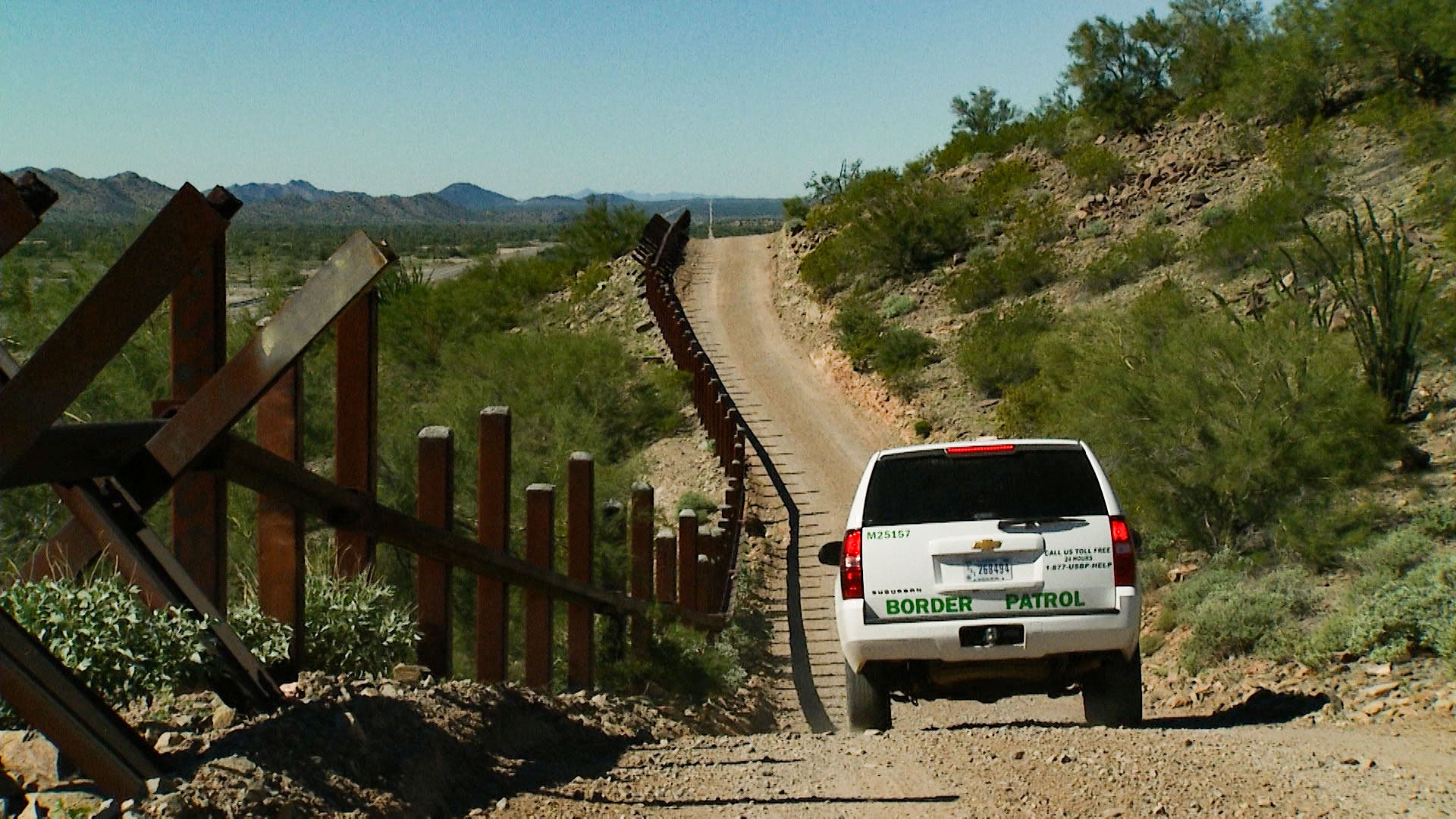 A Border Patrol vehicle drives along a section of fence at the Organ Pipe National Monument, west of Lukeville, Arizona, on Friday, Nov. 2, 2018.
A Border Patrol vehicle drives along a section of fence at the Organ Pipe National Monument, west of Lukeville, Arizona, on Friday, Nov. 2, 2018.
Border wall proposal

The Trump administration in May announced plans to build or replace 63 miles of border fencing in Pima and Cochise counties on federal lands set aside for wildlife and habitat protection. Those projects were on hold after two lower federal courts and the 9th Circuit Court of Appeals ruled that the government can't use defense funds to construct the barriers. The Trump administration asked the Supreme Court for a stay of the lower court opinions, and on Friday afternoon the court granted the stay, allowing the administration to use defense funds to pay for border wall construction.
Most of the lawsuits deal with the potential environmental impacts of extending and replacing border fencing in Southern Arizona. The Center for Biological Diversity filed suit almost immediately after the proposal was released.
"We are absolutely, fundamentally opposed to this project because of the extreme amount of environmental devastation it would cause," Laiken Jordahl, borderlands campaigner for the conservation group, told The Buzz.
 VIEW LARGER A map of the proposed bollard-style wall U.S. Customs and Border Protection is proposing to build in Pima County.
VIEW LARGER A map of the proposed bollard-style wall U.S. Customs and Border Protection is proposing to build in Pima County. The majority of new bollard-style wall would run through protected areas, including the length of the Cabeza Prieta National Wildlife Refuge, Organ Pipe Cactus National Monument and the San Bernadino National Wildlife Refuge. Critics like the Center for Biological Diversity say the walls will do serious damage to the habitat and species they were created to protect. The Trump administration has suspended dozens of federal environmental laws that normally provide oversight and impact analysis for projects of this nature, meaning there is no environmental review of the fence projects.
The Buzz reached out to Organ Pipe Cactus National Monument; the Cabeza Prieta and San Bernadino national wildlife fefuges; and the San Pedro National Riparian Conservation Area. The operating agencies for those parks declined our interview requests and directed us to U.S. Customs and Border Protection (CBP) and the Department of Homeland Security (DHS).
CBP requested comments from those agencies about the impacts of the proposed wall projects, even though the environmental review was suspended. The Buzz asked for records of those comments through the Freedom of Information Act but has not yet received them.
CBP declined a request for an interview due to the ongoing litigation but sent a statement.
It explains that earlier this year, the Department of Defense agreed to help DHS and CBP with building 129 miles of new border barriers, including up to 63 miles in the Tucson Sector, in locations where, "there continues to be unacceptably high levels of illegal entry of persons and drugs." The statement goes on to say, "the new barriers will improve Border Patrol's operational efficiency because they will replace dilapidated or outdated barriers."
In addition to the environmental concerns, one proposed section of border fence would pose a threat to sacred traditions of the Tohono O'odham, a tribe that lives on both sides of the border.
"It would cease a sacred journey to cease on its traditional route that has been done for many, many years," Verlon Jose — who leads a group representing tribal members south of the border — told reporter Murphy Woodhouse of the Fronteras Desk in Hermosillo, Mexico.
While the arguments over the wall continue, Cochise County Sheriff Mark Dannels is on the front line. He says his team is making inroads curbing illegal border crossings and drug trafficking through the use of remote cameras along the border.
"We've proven that you can secure this border. It's not all about a physical barrier, it's a collective effort of everybody working together, having infrastructure, technology and, most importantly — I don't see out of Washington, D.C. — is the will. You gotta to have the will to do it," he told The Buzz.
John Ladd's family has ranched the more than 16,000 acres between Naco, Arizona, and the San Pedro River for more than a century. Ten and a half miles of border fencing trace the southern boundary of the Ladd Ranch in Cochise County. He says the fence, which was built in 2006 and 2007, has made a difference in reducing the numbers of people and cattle crossing his property, but the most significant and dramatic change has come more recently from Cochise County's new camera surveillance and prosecution program.
While Ladd supports the Trump administration and border fencing in general, he told The Buzz that putting a stretch of it across the San Pedro River is a "bad idea."
This story has been updated to reflect breaking news.



By submitting your comments, you hereby give AZPM the right to post your comments and potentially use them in any other form of media operated by this institution.